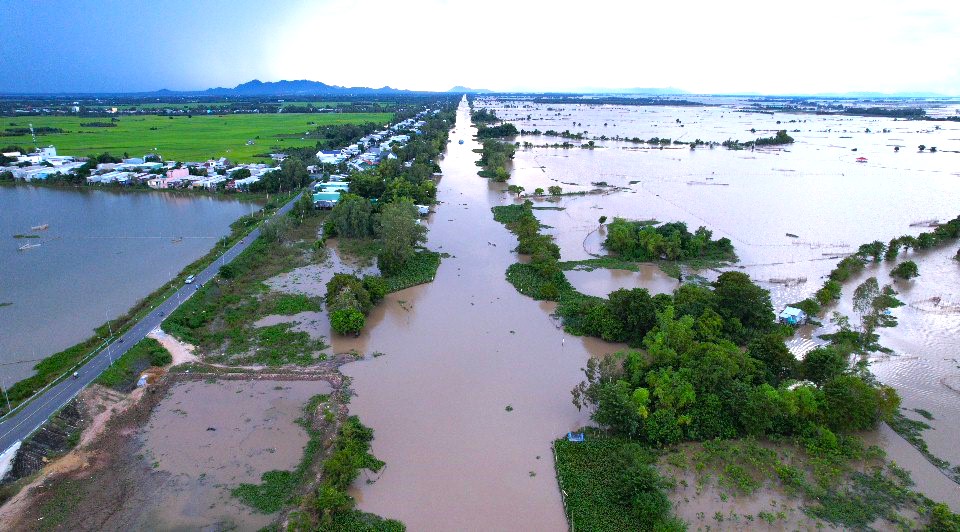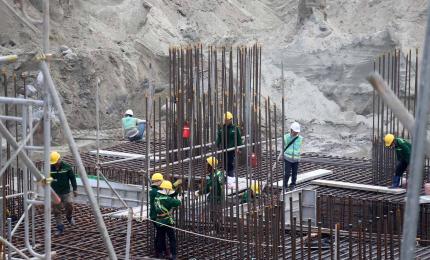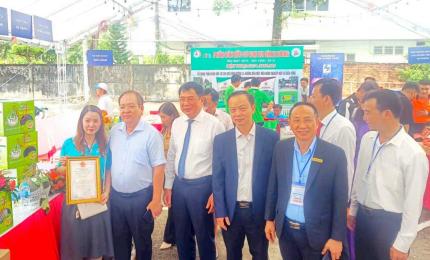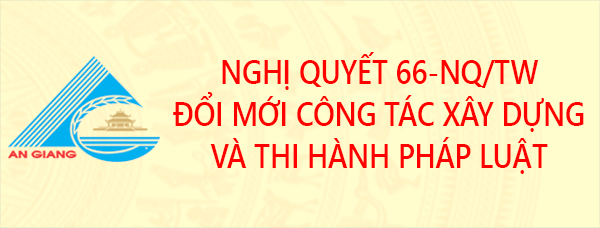The establishment of the Vinh Te Canal in 1824 was a pivotal step in the Nguyen Dynasty's strategy to fortify the southwestern border. The canal’s value further affirmed the Nguyen Dynasty's commitment to developing transportation across border regions, aligning with their dual goals of expanding new territories and establishing a defensive network to assert national sovereignty. The Dai Nam Nhat Thong Chi states: “From then, waterways were connected, and both border security and trade reaped immense benefits.”
With a defense policy grounded in internal strength, the Nguyen Dynasty prioritized border fortifications based on vital waterways. The Vinh Te Canal was considered a "piercing needle," facilitating uninterrupted transportation from Chau Doc to Ha Tien, thus uniting the southwestern border region. Recognizing the importance of land borders with Champasak (Cambodia), the Nguyen Dynasty maximized river routes as natural border defenses. The Vinh Te Canal became the final piece in the Nguyen Dynasty's strategy of establishing a “water barrier” along the border to set up defensive lines and assert sovereignty. This “water barrier” stretches from the western headwaters of the Hau River (Bassac River) along the southwestern border to the Ha Tien estuary. Spanning approximately 140 km, this waterway comprises four segments: Binh Ghi River (10 km), Phu Hoi River, also known as Takeo or Ankor Borei River (15 km), Chau Doc River (18 km), and the Vinh Te Canal (97 km). The Vinh Te Canal was the most significant waterway linking the two defense centers, Chau Doc and Ha Tien, serving as a flexible military line in the event of conflicts with Champasak or Siam (Thailand). By capitalizing on the mobility offered by these border rivers, the Nguyen Dynasty systematically established military outposts from the Hau River headwaters to Ha Tien, strengthening territorial defense. Along the Vinh Te Canal, the Nguyen Dynasty set up numerous military facilities, reflecting their firm resolve to defend the nation through this vital canal.
The Vinh Te Canal formed the forefront of the Nguyen Dynasty’s water-based defense system, adaptable in warfare and reinforced by the infantry’s defensive positions at the Seven Mountains region. Additionally, this system joined with defenses along the Hau and Tien rivers, creating a continuous attack line. Nguyen general Le Van Duc once remarked, “The Vinh Te River is the rear line of Ha Tien, connecting directly to the heart of An Giang; its defensive role is critically important.” The Vinh Te Canal thus stands as a monument asserting Vietnamese sovereignty in the southern region. Historically, sovereignty over this area has been sensitive and prone to disputes between the Vietnamese and Champasak people.

During the 17th and 18th centuries, southern Vietnam saw significant reclamation efforts, particularly along rivers and canals. The Nguyen lords established local governments, erected fortifications to protect people and land, dredged and constructed canals for security and defense, and encouraged the reclamation of wilderness into farmland and villages. These measures assured Vietnamese settlers as they continued to explore and build lives in the south. For over 200 years, the Vinh Te Canal has stood as a steadfast border guardian, nurturing generations of people along the frontier and underscoring Vietnam's national sovereignty. The Vinh Te River remains a priceless legacy left by our ancestors for today’s and future generations, underscoring its crucial role in developing and defending the nation in the southwestern border region. As King Minh Mang once said: “It is truly vital for the national border strategy, offering unending benefit for generations to come.”.
Excerpt from "Propaganda Outline for the 200th Anniversary of the Completion of Vinh Te Canal (1824-2024) and the 198th Anniversary of the Passing of Lady Chau Thi Te (1826-2024)"
Source: tuyengiaoangiang.vn
Translator: Kim Thuan



























